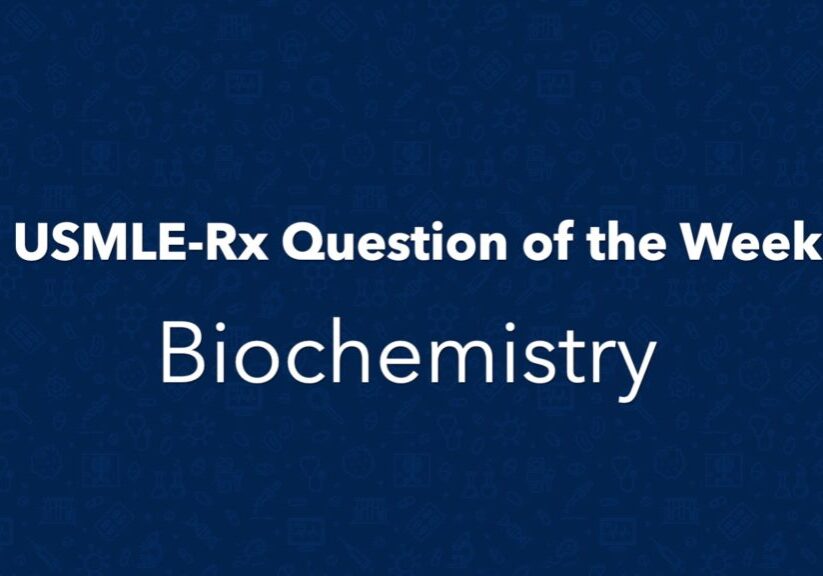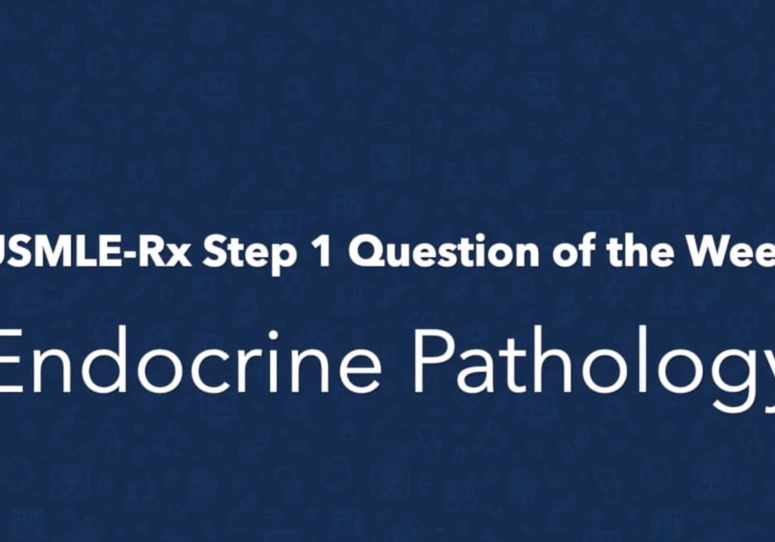Check out today’s Step 1 Qmax Question Challenge.
Know the answer? Post it below! Don’t forget to check back for an update with the correct answer and explanation (we’ll post it in the comments section below).
 A patient with atrial fibrillation is started on a drug after failing first-line therapies. His physician is careful to monitor for adverse effects such as pulmonary fibrosis and thyroid abnormalities. The diagram illustrates the cardiac action potential.
A patient with atrial fibrillation is started on a drug after failing first-line therapies. His physician is careful to monitor for adverse effects such as pulmonary fibrosis and thyroid abnormalities. The diagram illustrates the cardiac action potential.
During which phase does this drug have its most significant clinical effect?
A. Phase 0
B. Phase 1
C. Phase 2
D. Phase 3
E. Phase 4
———————–
Want to know the ‘bottom line?’ Purchase a USMLE-Rx Subscription and get many more features, more questions, and passages from First Aid, including images, references, and other facts relevant to this question.
This practice question is an actual question from the USMLE-Rx Step 1 test bank. For more USMLE Step 1 prep, subscribe to our Flash Facts and Step 1 Express video series. Score the best deal on all three products with a Step 1 Triple Play Bundle.




D. Amiodarone acts on K+ channels.
Phase 3 which is choice D
amiodatone acts on K channels which is phase 3 therefore Choice D
D.
Amiodarone
Inhibits: SNACK BAM! (Big inhibitor!)
(sNA, Ca, K, Beta, Alpha, Muscarinic)
C
Drug referred to here is amiodarone which belongs to type 3 antiarrythmics.
This group acts by inhibiting k channels.
Amiodarone is known to cause ild and due to its iodine content can cause thyroid function abnormalities
* D
D
D
The correct answer is D. Amiodarone is a class III antiarrhythmic and exerts its actions by blocking potassium channels. Potassium channels are important in all phases of the cardiac action potential, but amiodarone’s key effects are prolonging the action potential and the effective refractory period. Massive potassium efflux causes the rapid repolarization seen in phase 3. Blocking potassium channels prolongs phase 3. Amiodarone does have some effects on blocking sodium channels in depolarized tissue, but this is not the major manner in which it exerts its effects. Adverse effects of amiodarone include interstitial pulmonary fibrosis, thyroid dysfunction (both hypothyroidism and hyperthyroidism), ataxia, and neuropathy.
A is not correct. Phase 0 represents rapid depolarization caused by the opening of voltage-gated sodium channels and subsequent sodium influx. Class I drugs (quinidine, procainamide, disopyramide) affect phase 0.
B is not correct. Phase 1 is initial repolarization caused by inactivation of voltage-gated sodium channels and opening of voltage-gated potassium channels. The initial efflux of potassium causes a slight repolarization and is affected by amiodarone. However, in normal cardiac tissue the potassium efflux is quickly counteracted by calcium influx, so amiodarone does not have a significant effect during phase 1.
C is not correct. Phase 2 is also known as the plateau phase. It consists of the opening of voltage-gated calcium channels that produce calcium influx, opposing the repolarization effects of potassium efflux. The calcium influx also triggers opening of L type calcium channels in the sarcoplasmic reticulum and subsequent myocyte contraction. Since the length of phase 2 is dictated by a balance between calcium influx and potassium efflux, amiodarone does slightly prolong phase 2. However, since the plateau phase is short, its effects are much more dramatic and clinically relevant in phase 3.
E is not correct. Phase 4 is the resting potential after the myocyte contraction. It occurs after the voltage-gated potassium channels opened during phases 2 and 3 close. During phase 4 a different type of potassium channel, known as a potassium leak channel, operates. This type of channel allows a very slow efflux of potassium that essentially translates into higher membrane permeability to potassium. The resting membrane voltage slowly becomes more negative because of the slow potassium efflux. At a certain voltage, voltage-gated sodium channels are triggered and the cycle begins again. Although phase 4 involves potassium channels, this subtype is not strongly affected by amiodarone. Class I and class II drugs decrease the slope of phase 4.